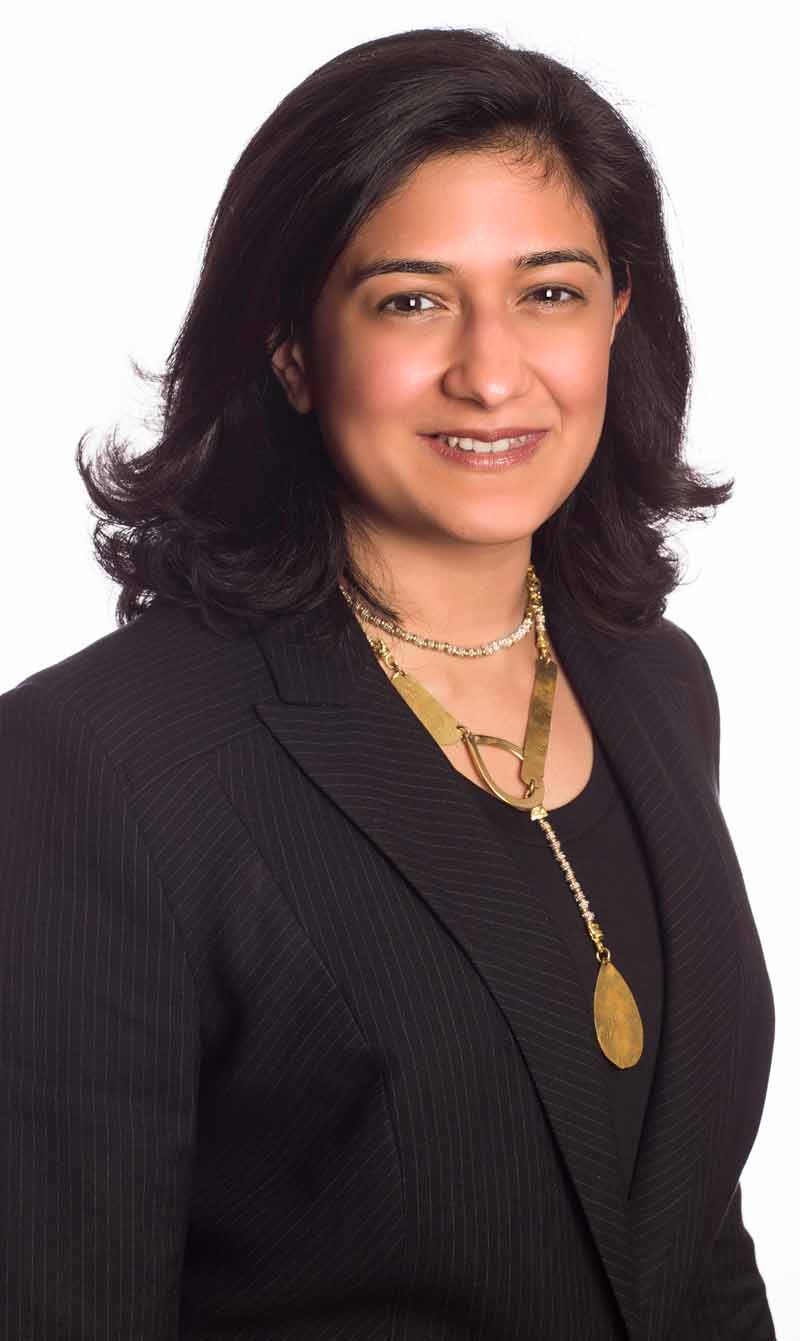Closing the funding gap in infrastructure
With the huge global demand for infrastructure projects, more needs to be done to address gaps in the current funding architecture before investors can become more effective project partners for governments. High interest rates and the lack of long-term financing are just some of the issues that need to be resolved, especially as future infrastructure projects promise to be increasingly complex and expensive.
In 2014, it was estimated that the demand for funding for global infrastructure projects such as power plants, roads and ports stood at USD 60 trillion. The data on the availability of such funding, however, was less clear although sources such as pension funds and sukuk continued to show potential.
Future infrastructure projects are likely to be even more complex and expensive than they are now. Not only are they taking place in increasingly densely-populated urban centres—which complicates the construction phase—there is also a growing call for infrastructure that spans multiple countries, which means contractors will have to deal with the policies and regulations of more than one government.
Work on a high-speed railway connecting Malaysia and Singapore is already scheduled to begin next year, and there is discussion over the possibility of establishing an ASEAN power grid whereby excess power in one country can be exported to a regional neighbour. With such developments, infrastructure projects will evolve to become even longer-term assets with lengthy payback periods.
Filling in the gaps of infrastructure funding
According to Bakti Santoso Luddin, who is President Commissioner, PT Wijaya Karya, Indonesia, one of the enduring challenges that contractors face is the lack of long-term financing. Preparing the contracts for these projects does not usually take much time as it is often tied to the period of a government’s budget. As contractors need to get their projects off the ground as quickly as possible upon approval to avoid any costly delays, they are usually forced to resort to short-term loans. Another issue is interest rates, which can reach as high as 9 percent in Indonesia. Contractors therefore try to source for financing from countries that have no interest, such as Japan.
Dato’ Muzaffar Hisham, who is Group Head of Global Banking, Maybank, said that while banks could play the role of bridge financier, history showed that they had to be cautious. ‘When we look back at the 1997/1998 financial crisis, one of the things that got us into trouble was short-term financing for these long-term projects,’ he said.
He said that, as a solution, infrastructure players including regulators needed to be mindful about managing risk, transparency and tradability. This would help to ensure market efficiency and better-rated securities to match the long-term financing needs of infrastructure projects. ‘I think what is required is more of an innovation mind-set among the providers of capital, those that need the capital and, very critically, those that set policy,’ said Ahmad Zulqarnain Onn, who is Executive Director of Investments and Head of Strategic Management Unit, Khazanah Nasional, Malaysia. He explained that an innovation mind-set is when ‘people get together and hack away at the pain points that are preventing what is already a large pool of savings from funding long-term infrastructure projects.’
These collaborators need to collectively identify the “pain points” that are making it difficult for potential funding to be tapped into, such as punitive taxation schemes and stamp duty as well as unintended disincentives in existing policies or regulations. ‘I think it’s not that difficult to get together and identify all the pain points and have a policy response to eliminate those,’ he said.
Another promising solution was the development of a deep and long-term capital market, which contractors could turn to for long-term funding. Such an arrangement would also provide more favourable concession rates to the public for projects such as tolled highways, as they would be able to make smaller payments over a longer period.
The soft side of the infrastructure equation
Ahmad Zulqarnain said that infrastructure stakeholders in this part of the world were already lucky that the countries they operated in already had the ingredients of good infrastructure financing. These included a high savings rate, populations that were generally living longer and the emergence of an increasingly affluent young demographic. ‘In most Asian economies, most Asian market savings rate tends to be quite high.’ he said.
Muzaffar, meanwhile, advocated for the public sector to establish and maintain strong fiscal discipline as this would result in a strong balance sheet that would allow governments to complement private sector efforts in infrastructure projects. He also called attention to the important and long-term role that education played in seeding the very social ingredients that Ahmad Zulqarnain referred to: ‘When you invest in education then you are investing in the higher middle-income folks. And when you talk about the middle income, then you’re also talking about increasing your savings rate, and so on,’ he said.
In this context, Muzaffar said, it was alarming that some ASEAN countries had relatively poor education rates whereby up to 20 percent of urban populations did not even complete basic tertiary education. ‘That can be quite dangerous because that’s where the future is for having a high savings rate,’ he added, ‘When we talk about infrastructure, policy makers have to be mindful, it’s not just based on the market. Government policies play an important role in fiscal discipline and investments in our education.’
Ahmad Zulqarnain said that Khazanah was attempting to address this issue with the relatively new approach of issuing sukuk to raise RM100 million to fund “trust schools” in Malaysia (these are government-owned schools with special programmes to upgrade the quality of education). If the schools deliver on pre-set key performance indicators, then investors will have the option of reducing or even eliminating the promised profit rate.
Governments must take the lead
Dr Luky Eko Wuryanto, who is Vice President and Chief Administration Officer, Asian Infrastructure Investment Bank (AIIB), China, said governments could do more to make infrastructure investment more attractive. ‘There are two parts to infrastructure investment,’ he said. ‘First is the construction, which is high-risk and requires very large investments. Then there are operations, where the risk is very low because infrastructure projects tend to be very long term and have wide economic benefits. So governments should probably give more attention to reducing the risk of investment during the construction phase.
He said another issue that needed to be addressed was the lack of understanding about the nature of infrastructure projects, which stood in the way of the willingness to invest. As an example, he noted that global pension funds were key potential investors, and that in 2014 alone USD 42.9 billion in pension funds had been invested in infrastructure projects. However, that only represented a fraction of the USD 38 trillion in pension funds that had been available globally that year.
As the stakeholder that was ultimately responsible for the provision of infrastructure, governments had to assist by developing regulations and incentives, or synchronising policies, to encourage such potential investors to participate in infrastructure projects.
___________________
This report is based on a session from the 12th WIEF.
Photo by Alex Radelich





